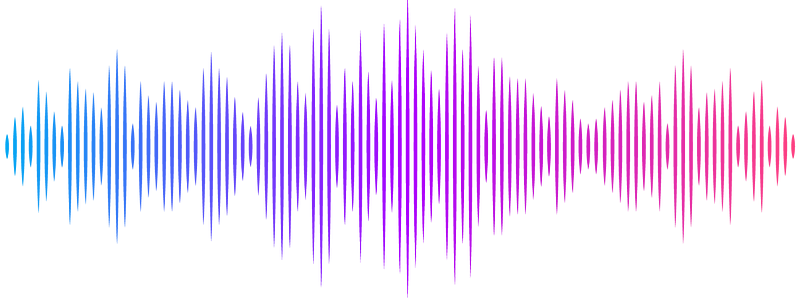A Multi-Valued Logic Model of T Cell Activation and Cytokine Response

A Multi-Valued Logic Model of T Cell Activation and Cytokine Response
Tozzi, A.
AbstractT cell activation results from the integration of multiple concurrent signals, including antigen engagement through the T cell receptor (TCR), co-stimulatory cues and inhibitory modulation. While traditional computational models often rely on Boolean logic to describe immune decision-making, these binary representations oversimplify the nuanced, reversible and gradated nature of actual immune responses. To address this limitation, we present a multi-valued logic framework that models T cell activation using three discrete levels - low, intermediate, and high - for each regulatory input. Focusing on cytokine production as a functional readout, our model uses threshold-based logic rules to compute output levels based on combinations of TCR, co-stimulatory and inhibitory signals. We analyzed the system through both deterministic state-space exploration and stochastic asynchronous simulations, capturing both static outcomes and dynamic trajectories. Results reveal that cytokine output scales proportionally with activating inputs, while inhibitory signals modulate these responses in a graded, context-sensitive manner. The model avoids bi-stability or irreversible attractors, instead reflecting the flexible and reversible behavior observed in biological systems. Comparative analysis with experimental data from literature supports key assumptions of the model, including dose-dependent cytokine production and the enhancing effect of co-stimulation. In contrast to purely Boolean or continuous models, our multi-valued approach strikes a balance between interpretability and computational efficiency. It provides a flexible and tractable framework for representing immune logic and is well-suited for integration into larger, systems-level models of immune function.